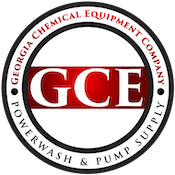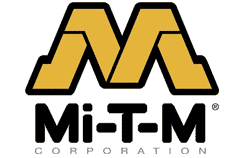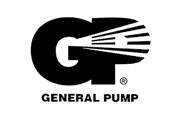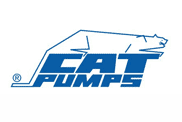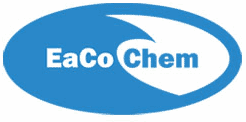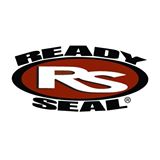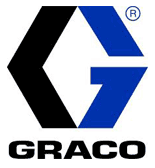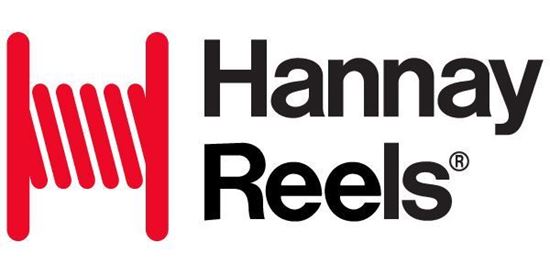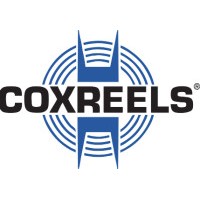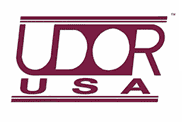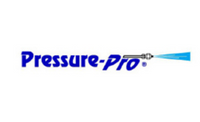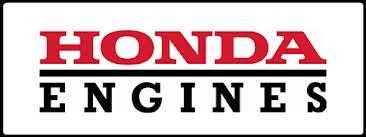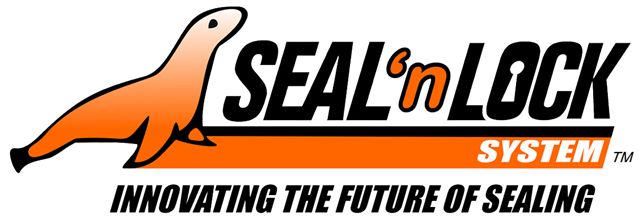Chemical Dilutions for Pressure Washing
I must try and help out customers with this almost every day so I thought I would make a post out of it and possibly a white paper to send out so I would not have to repeat myself as much and for easier reference.
Plus I can easily get confused or tongue-tied so it is a good idea to have it all written down someplace.
First, you will need to know how you are going to apply the chemical mix. Figuring ratios for a pump-up sprayer is easy, but the most common piece of equipment for this need is the pressure washer. So you first must know what dilution ratio or fixed mixing ratio your machine puts out. This can be easy for some, but many customers call me all the time saying they have no idea how much chemical their machine takes in and how diluted it is sprayed out.
The first place to look is in your machine’s owner’s manual. It should give you info like its flow rate or the gallons per minute the machine can generate plus its fixed mixing ratio. This can vary by machine and some larger models may even have a dial that allows the operator to change the mixing ratio. Another place to look if you no longer have your manual or if you bought your equipment second hand and never had one is on the internet by putting your make and model number into the search engine. You can also sometimes go to a local dealer that may have manuals in stock or that can order one for you.
A harder way to figure it out is to use a do-it-yourself method. Take a measured 1 gallon (128 fluid ounces) and place it in your machine’s chemical mix tank or insert your downstream hose into the gallon container. Turn your machine on and run it dispensing all the water coming out of the wand into a much larger container, such as a 5-gallon bucket. Take care to have the machine set at a low PSI so all the water makes it into the container, a closed 5-gallon tight drum is good for this. Once you have drained the gallon of water out of your chemical mixing tank or with your downstream hose measure the amount of water you ended up with and then divide the amount by 128 (ounces in one gallon) to find out your machine’s ratio. If you ended up with say 900 ounces you would get the results of 7.03125 which I would consider being a 1:7 ratio. I would run this experiment at least 2-3 times comparing the results and taking the average for best results. Some of our customers have even been known to add food coloring to the original gallon to help them gauge when they have used all of it up.
So let’s say your machine has a permanent setting of 1:7 and you need to take your concentrated chemical and get it up to a 1:25 application ratio. So you need to figure out how much water to add to your chemical, that once it is placed in the chemical mixing tank or suction hose dropped in the container you are down streaming from, your machine will produce the needed 1:25 ratio.
This means we have to use the algebra we never thought we would ever need once we learned it and then forget back in school and create a mathematical equation to do our work for us.
First, we will put the dilution we need to end up with on the left side of the equation (see below)
Next, we have the detergent, ‘d’, and water to think about. Say we want to make a 5-gallon container, ‘p’ of chemical product mix. And (p–d) is the amount of water we need in the container and 7p is the additional amount of water that the machine will be adding while dispensing the contents of the container. So we set p=5 gallons and we solve for d and find that d=1.538 gallons of detergent.
1 = ____d_____
25 (p – d) + 7p
Here are just some examples from what a few customers I know have and the products they use as some examples.
Customer #1 uses Brown Derby with cold water that we suggest mixing at 1:50. His machine is set from the factory at a 1:20 ratio and he mixes his premix in 5-gallon pails that sit on his truck.
His equation would look like this
1 = ______d_______
50 (5 – d) + 20*5
But in the calculator, it looks like this
|
Desired Volume of Pre-mix: gal†
| Pre-mix Concentration: | % | |
| Detergent: | gal†= | fl. oz |
| Water: | gal= | fl. oz |
Giving this customer the directions to take 2 gallons (rounded down) of our Brown Derby with 3 gallons (rounded up) of water to make his pre-mixed 5-gallon pails downstream with his machine to get a very close 1:50 ratio of cleaner to water.
Next, let’s take one more case:
Customer #2 uses Mighty Max as a house wash at a 1:20 ratio and his machine is set at a 1:7 ratio. He on the other hand only wants his 5-gallon pails filled with 3 gallons of the mix so they are easier to carry to move around the houses. His results would be this:
|
Desired Volume of Pre-mix: gal†
| Pre-mix Concentration: | % | |
| Detergent: | gal†= | fl. oz |
| Water: | gal= |
Or if rounded, 1 ¼ gallon of Mighty Max to 1 ¾ gallons of water, making a slightly greater than 1:20 mixture.
Once you know your normal values you can adjust the mixtures as needed for other considerations like water temperature, air temperature, or amount of product you have left available to do a job. How to estimate soap use for your whole season will be kept for a later post. Use this winter time off now to make these charts and you will be better prepared for spring.
